The power transformer core is a critical component in electrical power transformers, serving as the magnetic circuit that facilitates energy transfer between primary and secondary windings. Typically constructed from thin laminations of high-grade silicon steel, the core is designed to minimize energy losses during max. magnetic flux density. Core designs can be categorized into two main types: core-type and shell-type. Core-type transformers feature a rectangular or circular limb structure with windings wrapped around them, while shell-type cores enclose the windings within the magnetic circuit. The choice between these designs depends on factors such as power rating, voltage levels, and application requirements. Laminations in transformer cores are insulated from each other to reduce eddy current losses, and their thickness is carefully selected to balance performance and manufacturing costs. The steel used in cores is often grain-oriented to align the magnetic domains for improved efficiency. Core assembly techniques include step-lap joints and mitered corners to minimize air gaps and reduce magnetic reluctance. Some advanced designs incorporate amorphous metal cores for even lower losses, particularly in distribution transformers.
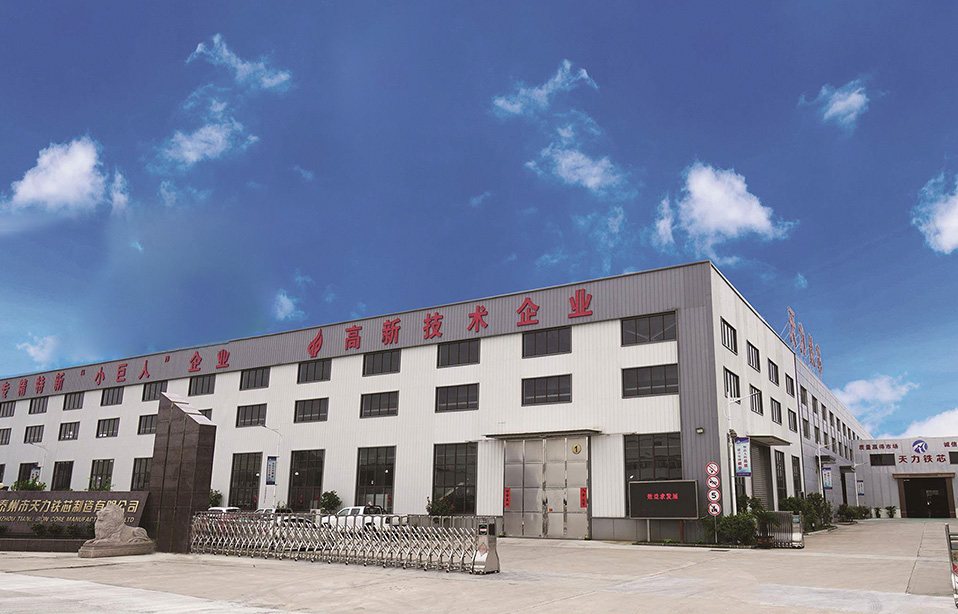
Taizhou Tianli Iron Core Manufacturing Co., Ltd. is China Power Distribution Transformer Core Manufacturers and OEM/ODM Power Transformer Core company. Established in 2009, Tianli Iron Core is a leading full-solution provider of transformer core materials and assemblies. We specialize in slitted coils, core laminations, and precision-assembled magnetic cores for distribution and power transformers. With a strong technical foundation and materials sourced from top-tier mills like Shougang and Baosteel, we deliver reliable, high-performance solutions tailored to each client’s needs. Our experienced team ensures quality, flexibility, and responsive service across global markets. From material selection to final core assembly, Tianli is committed to powering your success—efficiently and dependably.
Your trusted partner in transformer core excellence.


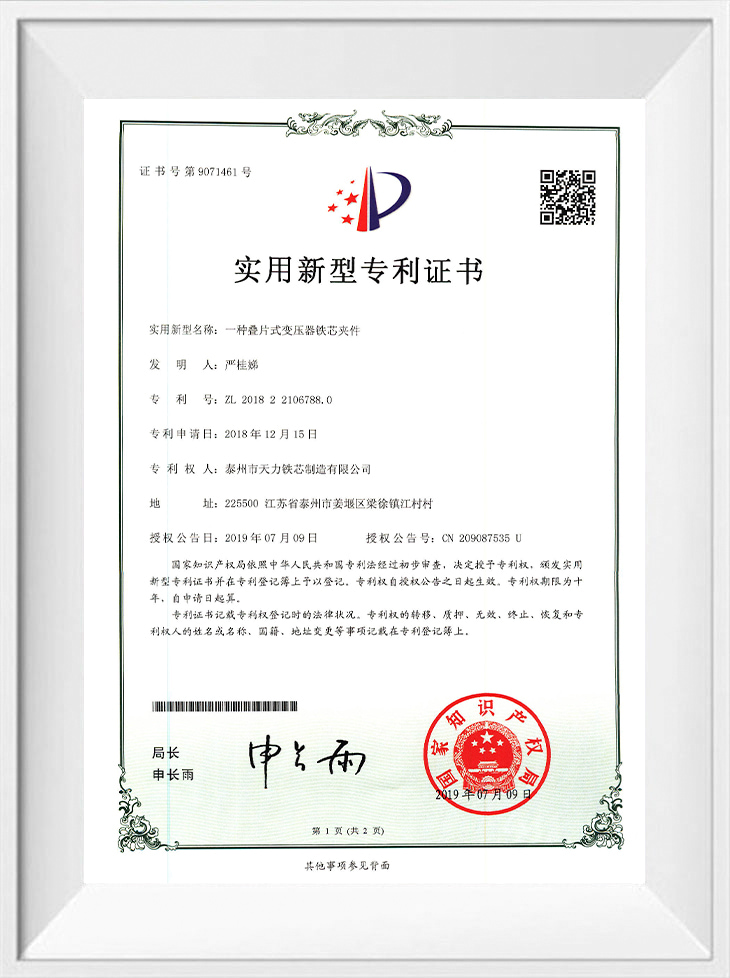
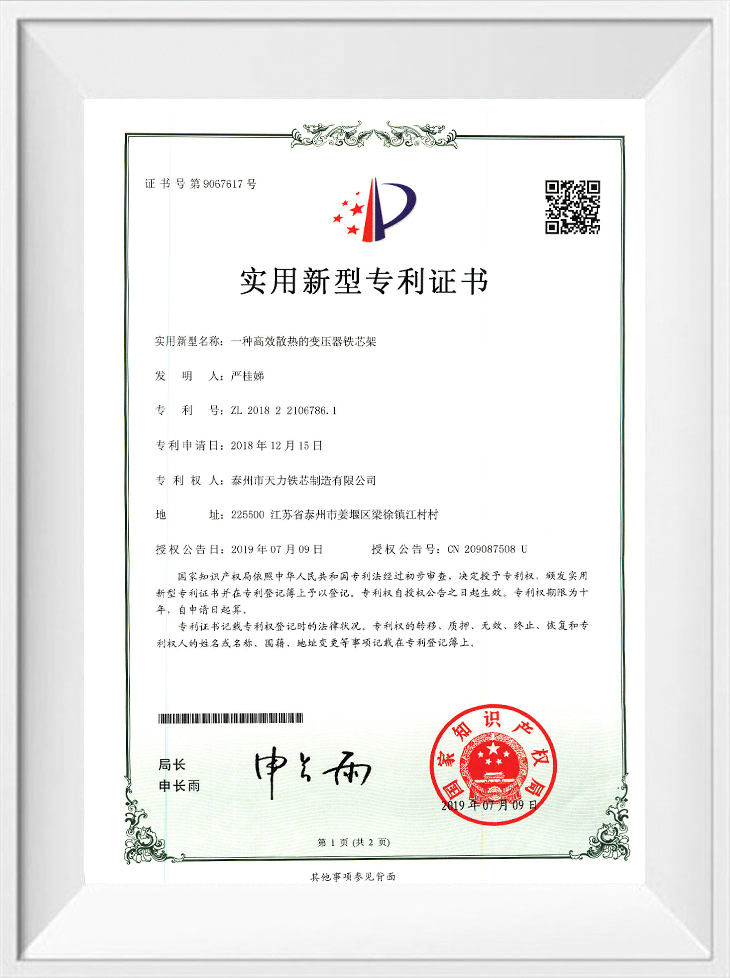
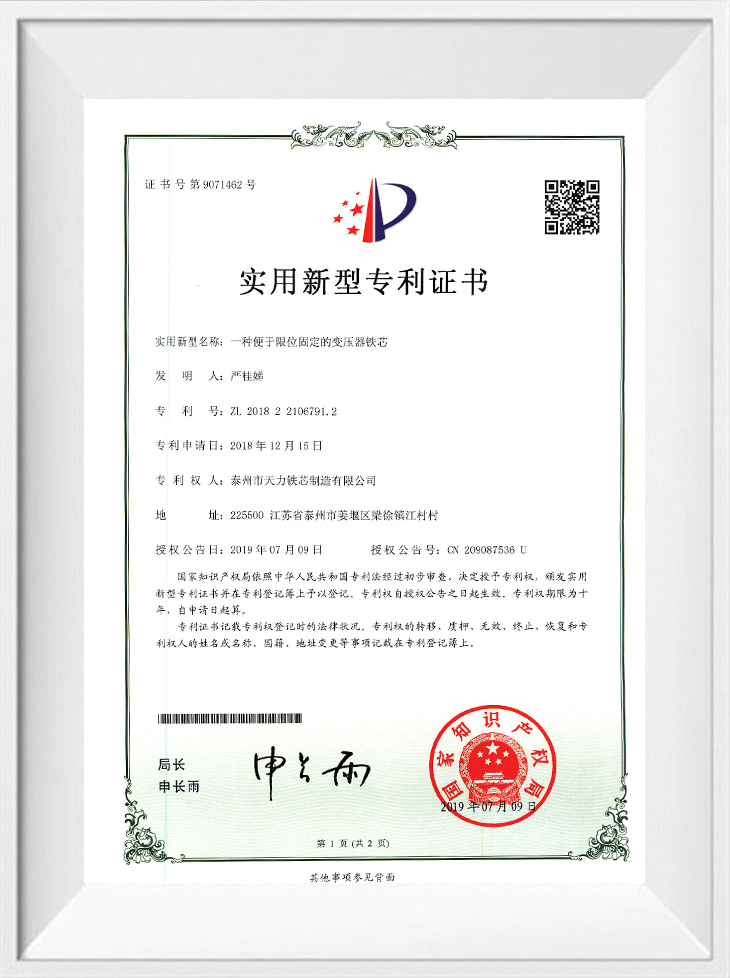
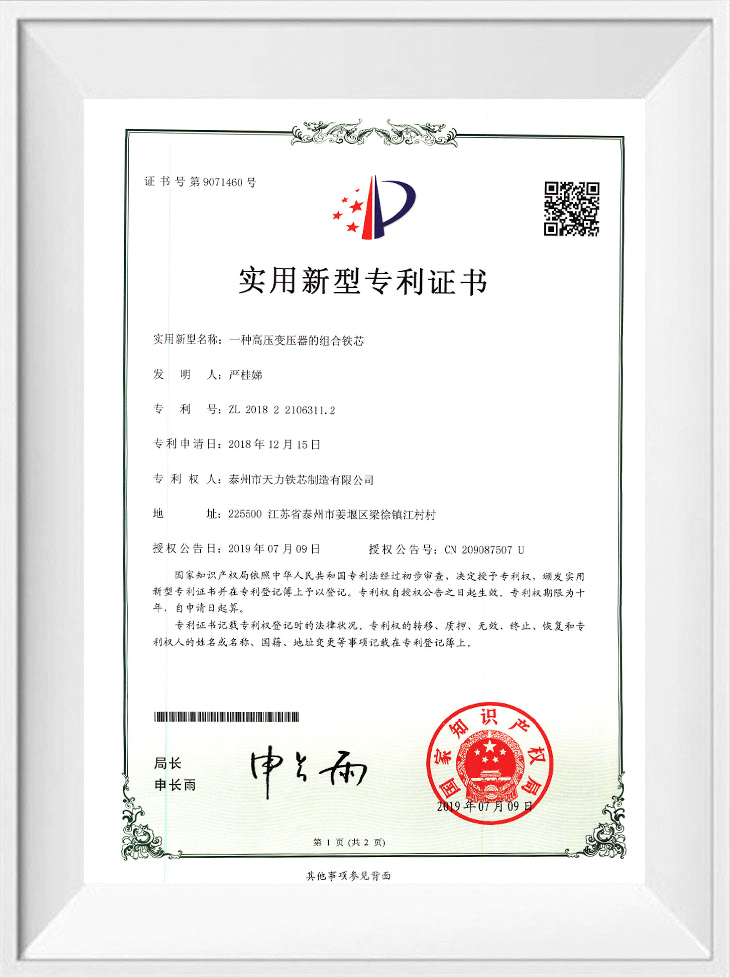
Silicon steel mother coils, often referred to as electrical steel or transformer steel, are critical materials in the electrical and energy industries...
View MoreDry-type transformers are widely used in commercial and industrial settings due to their unique advantages in terms of safety, reliability, and enviro...
View MoreSilicon steel slitting coils play a critical role in the manufacturing of electrical transformers, motors, and other electromagnetic devices. They are...
View MoreTransformer cores are at the heart of modern power distribution systems. Their function is to provide a magnetic path that efficiently transfers energ...
View MoreDry-type transformers are essential components in electrical distribution systems, particularly in commercial, industrial, and residential environment...
View MoreHow does the power transformer core resist thermal and mechanical stress?
Power transformer core is designed to withstand both thermal and mechanical stresses through a combination of material selection, construction techniques, and design considerations. Here’s how they handle these stresses:
Thermal Stress Resistance
Material Properties:
Silicon Steel: The core is typically made from silicon steel, which has good thermal conductivity and stability at high temperatures. Grain-oriented silicon steel is especially effective at maintaining performance under thermal stress.
Amorphous Metal: Some cores use amorphous metal, which has lower core losses and can handle temperature variations better than conventional materials.
Insulation:
Lamination Insulation: The insulation between laminations helps prevent short circuits and reduces heat buildup. High-quality insulation materials withstand elevated temperatures without degrading.
Coatings: Special coatings on the core laminations provide additional thermal protection and can improve the core’s heat resistance.
Cooling Systems:
Design Integration: The core design often incorporates cooling channels or is integrated into a transformer design that includes cooling systems like oil or air cooling to dissipate heat efficiently.
Heat Dissipation: Efficient heat dissipation through the design helps maintain operational temperatures within safe limits.
Mechanical Stress Resistance
Core Assembly:
Joints and Corners: Techniques like step-lap joints and mitered corners are used to minimize air gaps and ensure structural integrity. These techniques help the core withstand mechanical stresses by reducing magnetic reluctance and maintaining stability.
Robust Construction: The core is assembled with precision to ensure that mechanical stresses are evenly distributed and that the core maintains its shape and alignment under operational loads.
Mechanical Support:
Structural Reinforcement: The core is often mounted on a sturdy frame or support structure that absorbs and distributes mechanical stresses, protecting the core from deformation or damage.
Vibration and Shock Absorption: The design may include provisions for absorbing vibrations and shocks, which can occur during operation or transport.
Quality Control:
Testing: Rigorous testing procedures are employed to ensure that cores can withstand both thermal and mechanical stresses. This includes stress testing under simulated operational conditions.
Manufacturing Precision: High precision in manufacturing ensures that the core components fit together correctly, reducing the risk of mechanical failure due to misalignment or poor construction.
By combining these strategies, power transformer core is able to perform reliably under varying operational conditions, maintaining their effectiveness and longevity even in the face of thermal and mechanical stresses.
